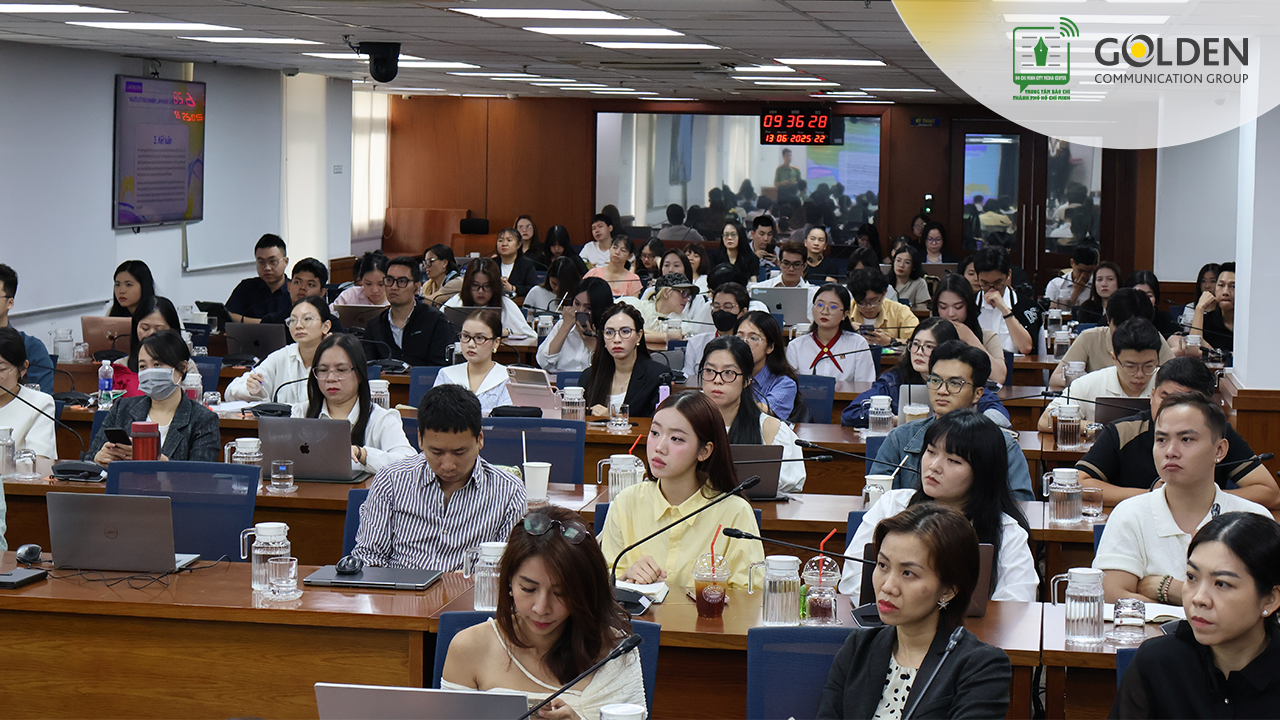Five ways Unilever is adapting in the COVID-19 era
- share
- copy link
SUMMARY
Unilever, the global FMCG company, is navigating the short-term COVID-19 crunch while looking ahead to new consumer behaviours and the benefits of faster consumer insights.
- Unilever is one of the world’s leading advertisers by spend and owns brands used by more than 2.5 billion consumers every day.
- Consumers are spending more on household cleaning products, but less on personal care and ice-cream.
- Unilever has also levelled up production of “key SKUs” such as cleaning and hygiene products to meet consumer demand.
Unilever, the global fast-moving consumer goods giant, is seeing a sizeable impact from the COVID-19 pandemic on many of its brands but the company’s Chief Executive Officer, Alan Jope, is confident that the company’s “newly-discovered organisational agility” and emerging consumer behaviours will offer opportunities in the long term.
In the company’s Q1 2020 earnings call at the end of April, Jope acknowledged the impact COVID-19 had wrought on the business in the last few weeks: “The unknown severity and duration of the pandemic, as well as the containment measures that may be adopted in each country, mean that we cannot reliably assess the impact across our markets and our business,” Jope said.
Unilever, like many other companies, has now withdrawn its 2020 growth and margin outlook as uncertainty from COVID-19 continues.
“It feels like the world is at a standstill, yet things are changing at extraordinary speed. The rate of change that we're witnessing is faster than I think any of us have ever known,” Jope said.
Navigating changes in category demand
Unilever, which is one of the world’s leading advertisers by spend and owns brands used by more than 2.5 billion consumers every day, is facing a stark reality in COVID-19 era: some parts of the business are capitalising on new opportunities, while other parts are seeing much more challenging times. Case in point: Unilever’s home care division saw sales jump 2.4% in the first quarter of 2020 as consumer stocked up on cleaning products, but its food and refreshment arm reported a 1.7% drop in sales. Much of Unilever’s business with food service customers – restaurants, canteens, cafes, etc – has been hit hard by prolonged lockdowns.
Brands in Unilever’s beauty and personal care division – which includes household names such as Dove, Pond’s, Rexona/Sure, and Fair & Lovely - are also seeing a lot of change while ‘normal life’ is on hold: consumers now working from home have on average 11 fewer occasions every week to use Unilever’s hair-washing, skincare or deodorant products before they head out to work or school. Unilever’s ice-cream sales are also set to suffer in 2020 as people are forced to stay away from outdoor hotspots in the peak summer sales period. Unilever owns both the Magnum and Ben & Jerry’s ice-cream brands.
As a multi-national company, Unilever is facing different situations in each market it operates in. Underlying sales growth in developed markets was 2.8% and emerging markets declined 1.8%. While Unilever certainly benefitted from shoppers in wealthier Western markets bulk buying in recent weeks, consumers in emerging markets aren’t likely to be in an economic position to do so.
Prioritising availability of products in high demand by consumers
While adapting to new regulations to minimise the spread of COVID-19 in factories, the company has been able to maintain manufacturing to an “average of 85%” of its usual output across 221 sites globally, Jope said. Unilever has also levelled up production of “key SKUs” such as cleaning and hygiene products to meet consumer demand. In one example, the company pivoted one of its UK manufacturing plants to produce hand sanitiser – usually an “absolutely tiny part” of the Unilever business, Jope said – within just three days.
“Despite these challenges, many of our managers have actually broken production records as they focus on our response to strong demand for specific products, such as in our hygiene, in-home cooking, and food categories,” Jope said.
Rethinking innovation and new product launches
Unilever has also used the COVID-19 crunch to re-tool its approach to product innovation and new product launches: “Many of our categories and brands moved quickly to replan their innovation. Some we’ve postponed, some we’ve accelerated. We can adjust to consumers buying in different channels, and we re-worked our communication to make sure that it remains relevant,” Jope said.
In China, Unilever accelerated the launch of a new cleaning product with botanical elements to jump on an uptick in demand as COVID-19 continued. The company also launched a new professional cleaning range. In Brazil, the company teamed up with Heineken to develop a hand sanitizer product which was distributed in the Sao Paulo area.
Identifying consumer behaviour changes for long-term growth
Already, Unilever is looking to the long-term recovery: “We are adapting to new demand patterns and preparing for lasting changes in consumer behaviour, in each country, as we move out of the crisis and into recovery,” Jope said.
He noted that consumer behaviour changes as a result of COVID-19 have led to changing short-term demand patterns, and some of these changes will end up being long term or even permanent. Shoppers are, of course, buying more hygiene products for hands and household surfaces right now: “this is one of the changes we expect to continue beyond the immediate crisis,” Jope said.
Unilever is also seeing major changes in how consumers shop, with local stores and e-commerce two big winners: “Local stores have become the default point of purchase… As a total company, e-commerce sales increased by 36% in the first quarter. This change to online shopping and online media consumption is another factor that we think is going to have a lasting impact,” Jope said, adding that similar trends were seen during the SARS epidemic, which proved to be major inflection points for consumption of digital media and uptake of online shopping in China.
Generating faster, actionable insights
Unilever has already made internal changes to generate faster insights and action them quickly: “We changed our monthly operational forecasting cycles so that we can reflect and respond to the changes in consumer demand. We've been using our digital centres to pick up changes in consumer sentiment. When we tap our unique local consumer insight – and, frankly, a newly-discovered organisational agility - we think there is potential to permanently unlock new sources of growth for Unilever,” Jope said.
Though tough times are set to continue for the foreseeable, Unilever is quietly confident that its investment in building strong brands is an advantage during the current uncertainty: “In these times, consumers do seek reassurance of the familiar and trusted brands, and high quality products. We always see this in a crisis,” Jope said.
“We are facing an inevitable economic downturn, (but) Unilever generally well positioned for these changes given our strong brands, our strong category positions, strong local businesses, and a portfolio that covers the full spectrum of price points.”
.png)


.jpg)

